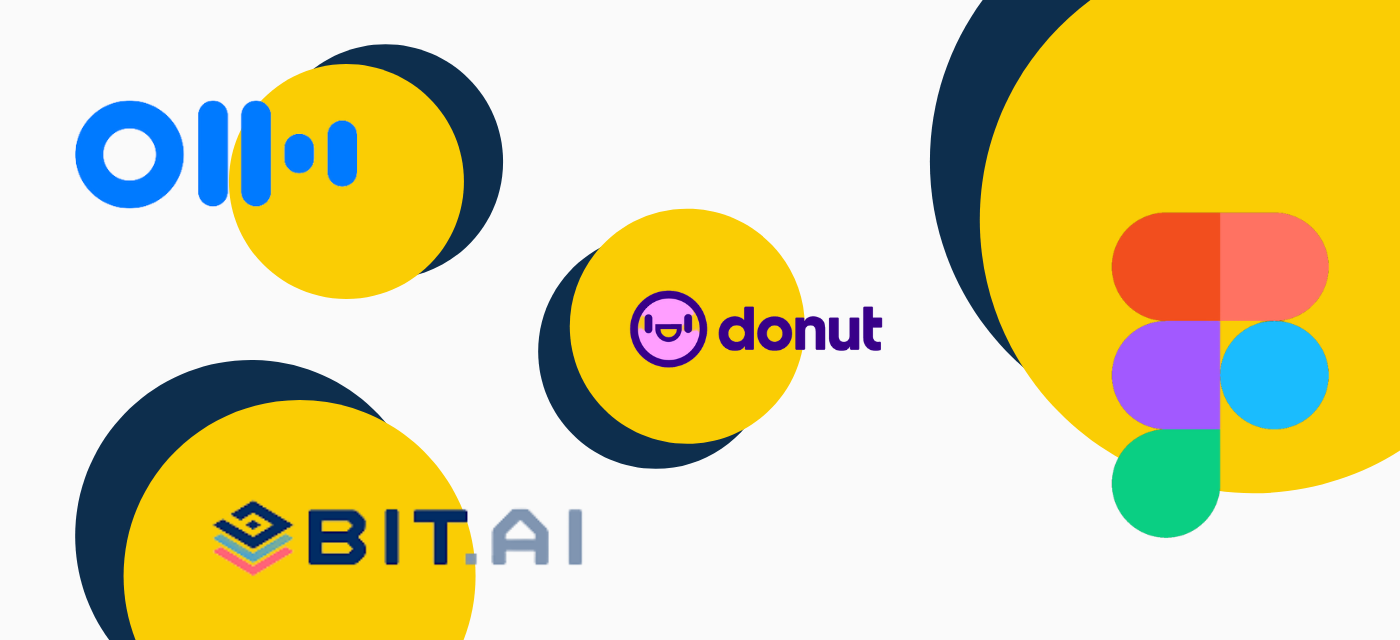The ’to do’ list paradox
Look, I made that up - there’s no such thing as the ’to do’ list paradox. But you know that feeling when your ’to do’ list gets so long that you don’t even know where to begin? If you’re like me, you just kind of freeze up - then absolutely nothing gets done. Not ideal.
Plot twist - that was actually the old me! After working with Beamible (who are pretty damn good at practicing what they preach) I learned about ruthless prioritisation and how 10 - 20 minutes of it can set you up for success.
Even people who thrive under pressure could do with a few minutes of clarification around WHY they’re actually under pressure, and why the list of work has gotten so long.
- Is the work you’re doing important to the overall business goals, or was it a reactive task someone threw your way on a whim?
- Is the work you’re doing really something that has to be done now?
- Is the meeting you sit through every week something you could do fortnightly? Or even monthly? Or is it even providing you value at all?
These are all important questions we need to stop and ask ourselves from time to time or we risk a ’to do’ list of tasks that take up time, but provide little value.
Here’s the difference between prioritisation and ruthless prioritisation, and how you can start making it a habit to relieve anxiety and reduce the risk of burning out.
Getting set up
The easiest way to do it is through Beamible. I’m not just saying that because I work for Beamible - the platform is actually built for things like ruthless prioritisation.
With or without the platform, you’ll need to take a step back and make a list of your weekly activities. An ‘activity’ in this context will be a bundle of work, so something like ‘client meetings’ or ‘prospecting calls’ if you were a BDM. It might be something like ‘strategy planning’ or ‘replying to social comments’ if you were in Marketing. This is a great resource for getting that first list of activities right, or if you’re using Beamible there are templates built in to get you started. You can also use our new AI feature to build your role in seconds!
Of course, the first time you do this could take more time, but it will take less and less time as time goes on. That was a mouthful but you get what I’m saying. (If you want help, our team can do a session with you to get you started).
Put an approximate number of hours that you spend on each activity next to it. Don’t worry if this isn’t exact - the idea is to understand time spent on one activity relative to another. By the end of this exercise, you should have a list of your weekly activities that roughly resembles your job description. Or you won’t, and you’re realise that the scope of your role has outgrown your job description (a red flag that you need Beamible!)
Tagging or categorising your activities
Now that you have your list of activities and approximately how much time you’re spending on each, let’s gather some insights!
If you’re using Beamible, this is where the tagging feature comes in handy. Assign tags to each of your activities. You can create your own tags or use the ones that are pre-populated.
We recommend using the following tags at the very least:
- Strategically important
- Energising
These tags in particular will help you see what portion of your work is important to overall business goals, what work you truly enjoy, and what work ticks both boxes. The idea is to get as much work as possible into these categories - and stop, pause or reallocate the rest. But we’re getting to that part soon.
You’ll also tag things like ‘administrative’ or ‘meetings’ to get a feel for work that might deserve a lower priority. It’s also eye-opening to see just how much time you spend on these two - we’re willing to bet it’s more than you think.
You can also tag things like ‘deep thinking’ work to see what’s sucking up all of your brain juice (note: we recommend a balance otherwise you’ll burn out, even if you aren’t working more than your contracted hours!).
If you’re using Beamible, you can start to filter and see where you’re spending most of your time. If you’re not, you can just take a look at your list and try to identify patterns.
Keep, pause, remove
Here’s where the magic happens. This is the difference between being ruthless vs simply prioritising.
Wait. Before we move forward, you have to promise to accept there ARE things that can be stopped without bringing a business to a halt…
Okay, now we’re ready. Start to look at the way you’ve tagged or categorised your work. You can get a really good understanding of trends and patterns in your dashboard. What surprises you? Where are you spending most of your time (or not enough of it?)
Usually when we prioritise, we’re just talking about what we can shift around. When ruthlessly prioritising, we’re doing that but we’re also talking about what we can stop doing temporarily or altogether as well. That’s right, eliminating things from the list!
Feels good just to say it, doesn’t it?
What sits under ’low importance’?
If it’s possible to still meet your business goals without these activities it might be time to stop doing them. If they still need to be done, then it’s a good idea to pause until your workload eases up, or perhaps see if there’s a business case to be made for extra, less skilled and less expensive, resources to help out? It’s likely you have colleagues with ‘overflow’ too.
Alternatively, it may be a case of shifting some of that work to people with more capacity, or even who have a more refined skill set and could complete the work in a shorter period of time.
The point is you have options, and you can explore those options by scenario planning in Beamible.
What have you flagged as ‘de-energising’?
Honestly, this is most effective when you have a full team view because it’s likely there’s someone on your team who enjoys that work or is highly skilled at it. Swapping the work or re-allocating it could make both of your roles more enjoyable.
Since it’s just you this time, let’s keep going. Go through the same process of asking yourself whether this activity aligns with your business goals. If it’s critical, keep doing it or find someone else who can. If it’s not mission critical, pause or stop doing it. Sounds easy, doesn’t it?
Because it is - just say no.
Is there a chunk of work that’s taking up a large part of your week?
What is that work? Is it mission critical, and more importantly, is it critical to YOUR role? If it’s not mission critical, follow the same path that we’ve already mentioned. If it’s not critical to YOUR role but it is critical to the business - for example, a BDM doing collateral - then this might be another chance to build that business case for a support role! Or leverage resources from another team.
It’s likely to be more cost effective for the business to pay a specialist in that task and let you focus on your core work. Plus, you’re probably offloading something that you don’t enjoy. Bonus!
How much time do you spend in meetings?
Can you reduce the time spent in or the frequency of those meetings and claw back some time? Are there any meetings you can remove yourself from and collect insights from a colleague later? Sometimes all it takes is someone starting that conversation. Be the change!
I’ll leave you on your own to go through the rest now that you have the right frame of mind.
Ongoing upkeep
This is the most difficult but most important part. If you’re able to set aside 10 - 20 minutes at the start of each month to ruthlessly prioritise your activities and tasks, you’ll get into a groove and it will become second nature.
You’ll also find new ways to pick apart your role. For example, you might decide that you’re spending too much time on meetings like Netwealth’s MD, Matt Heine. How can you reduce that time?
Including your team
The great thing about Beamible is that it’s for team-based role design. That means getting a look at your role within a team view and gathering insights.
As mentioned before, re-allocating work to other team members with a different skill set or bandwidth is easy to do when you have visibility into how a team is functioning. You’re also able to see with the click of a button where your time is spent best, whether it be at home or in the office.
If your manager and/or executive level management gets involved, even better. They can start to see organisation-wide patterns and identify risks, then take action. It will also empower the organisation with ‘permission’ to decide which pieces of work are going to make the biggest impact.
Before you know it, your entire organisation will be more productive, more fulfilled and more likely to stick around. That’s pretty important in the current talent shortage, but that’s a topic for another day!
For the full list of benefits, visit our website.
To get started, speak with our team.





